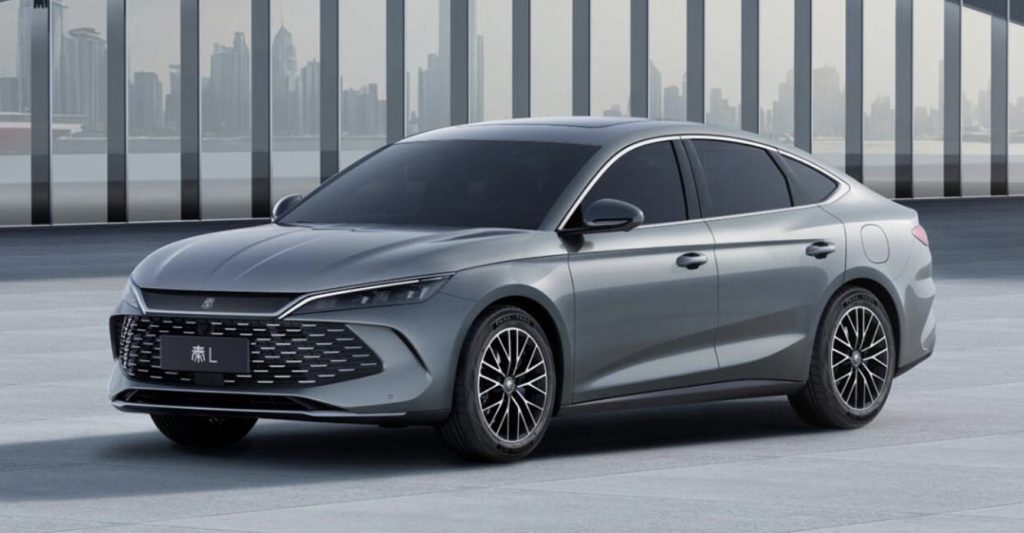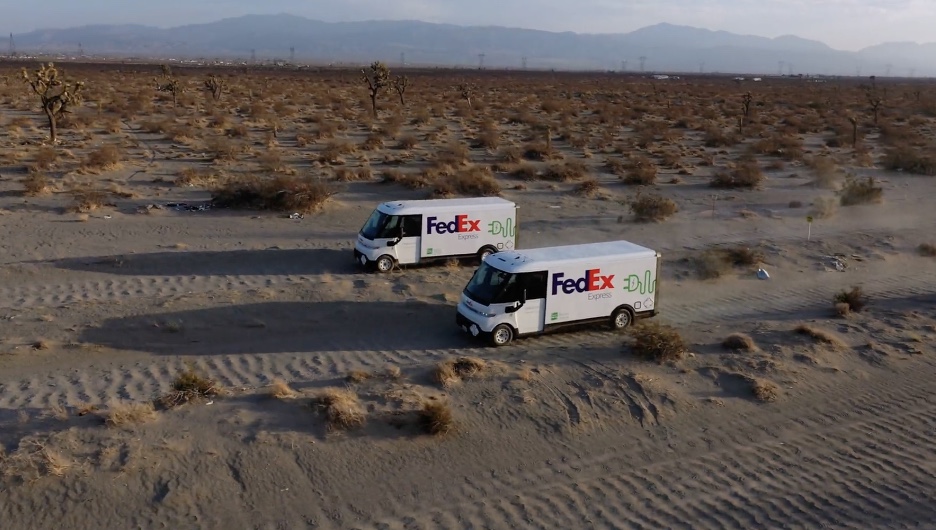
Chinese car shoppers are able to get through a core marketing challenge when considering buying an electric vehicle: price. Consumers can buy the BYD Qin midsize car for 130,000 yuan ($18,000). The cheapest EV in the U.S. is around $29,000.
Chinese automakers, and its national government, have been able to sell the Qin and other EVs at low prices with some of them listed under the $10,000 price mark. This is happening for four reasons: intense domestic competition, subsidies, a low-paid labor force, and a comprehensive supply chain.
“[The BYD Qin’s] standard range on one charge is supposed to be 280 miles, but I can get only 255 to 260 miles, and only if I don’t turn on the air conditioning,” owner Zhang Fenglian said to Marketplace. “Of course, if you care about appearances, you wouldn’t use this car to pick up important clients or a big boss because the car looks cheap, but this car can fit five passengers comfortably. Plus, the trunk is big.”
On the competition side, there are over 100 EV brands operating in the market. Five EV brands including BYD and Tesla account for 60% of the market, according to the Shanghai-based strategy and investment firm, Automobility. Some of these automakers in the group of 100+ EV brands are struggling to be profitable in China, and are working hard to go to global markets.
Chinese EVs are essentially shut out of the U.S. and Canada markets due to punitive tariffs of 100%. The European Union is looking at adding extra tariffs but at a much
lower rate.
Low-paid workers face the challenges of Chinese workers in other sectors. They may have had to move across the country to take the job, leaving families and hometowns behind. They might have shown up for work with a suitcase and a bed in the company’s dorm. One of these BYD factory workers might be making about 7,000 yuan ($990) a month. If they’re living in a lower-cost city like Changsha, it can be a decent salary. But that might also require working a lot of overtime to reach that livable wage.
And in other news…………
My Substack column and book: I’ve enjoyed finishing a book that will come out soon, and tying it into a new column I’m writing and posting on Substack. This American online platform provides a publishing infrastructure to support subscription newsletters. One of the more appealing qualities for writers, journalists, and commentators is its expanding presence — and that a lot of public figures with notoriety are also publishing on Substack. You will certainly see a lot of content from other writers on the presidential election, AI, the wars, and climate change disasters. But it is up to the writer, and for me, it can be focus on some of my own personal story along with a broader theme tied to the challenges and opportunities of being alive. The book, Discovery: How my life finally made sense to me, looks at the seven near-death and close-call dramatic experiences I’ve lived through, and other life challenges. It explores what I’ve gained from all of it, and that it has been far from easy. You can see some of that in Substack, where a commentary such as ‘Late Diagnosis and Misdiagnosis: Don’t Let it Happen to You!’ delves into problems of going through the U.S. healthcare system, especially when you’ve been misdiagnosed at first.
E-fuel continues growing in use: Synthetic fuels, commonly referred to as e-fuel, comes from converting electricity generated from renewable sources into hydrogen via electrolysis. The hydrogen is then combined with carbon dioxide (CO2) captured from the atmosphere to create a liquid fuel. E-fuels have the potential to play a significant role in achieving sustainability targets, particularly in regions like the EU and the UK, where they are seen as a means to hit emissions targets and where e-fuel consumption is increasing, according to Gary Perman, PermanTech Search Group in LinkedIn. In the U.S., several companies are already developing e-fuel and integrating into commercial fleets. Infinium, the world’s first producer of commercially available ultra-low carbon e-fuels, and Brookfield Asset Management, recently announced a strategic funding partnership to accelerate the growth of Infinium’s eFuels platform. The company that its eFuels — which includes eSAF, a next generation sustainable aviation fuel — can reduce lifecycle greenhouse gas emissions by approximately 90% or more compared to today’s conventional fuels.
Fleet EV adoption lagging: Corporate fleets in the European Union are going through a similar challenge as their professional peers in North America. A report from Dataforce, released by Transport & Environment (T&E), shows that companies in the EU are falling behind private households in adopting electric vehicles (EVs). Despite the corporate sector registering 60% of all new cars in Europe, the rate of battery-electric vehicle (BEV) adoption remains slower than among private buyers, according to the report.
On the positive side, Cox Automotive released a study in July stating that fleet owners in the U.S. like what their seeing in data analytics comparing EVs to internal combustion engine vehicles. Despite higher acquisition costs for bringing in EVs, the lesser requirements for service and maintenance than for ICEs, is making them more appealing to fleets in the U.S.

